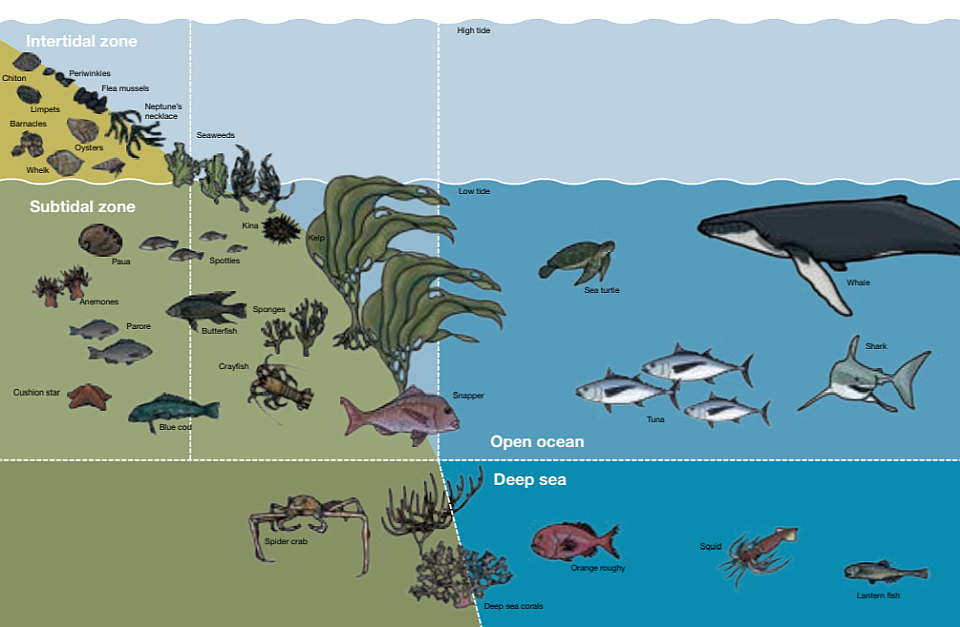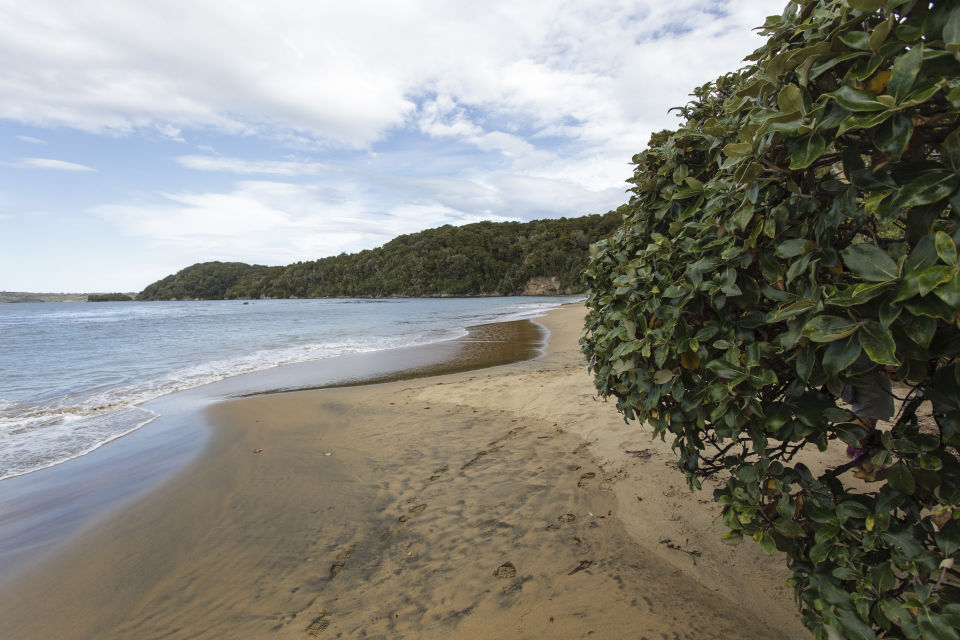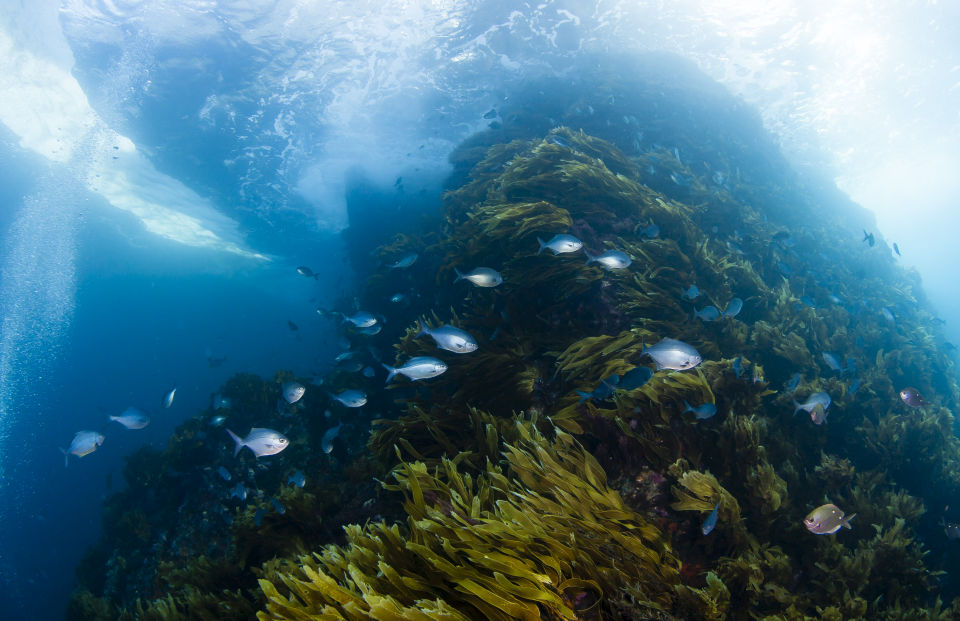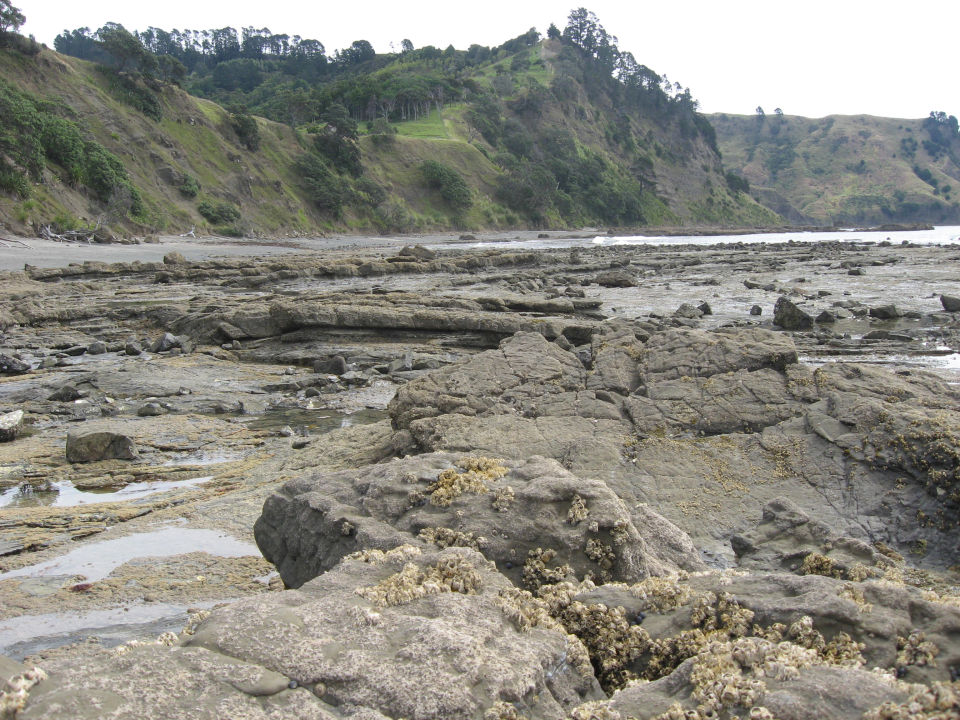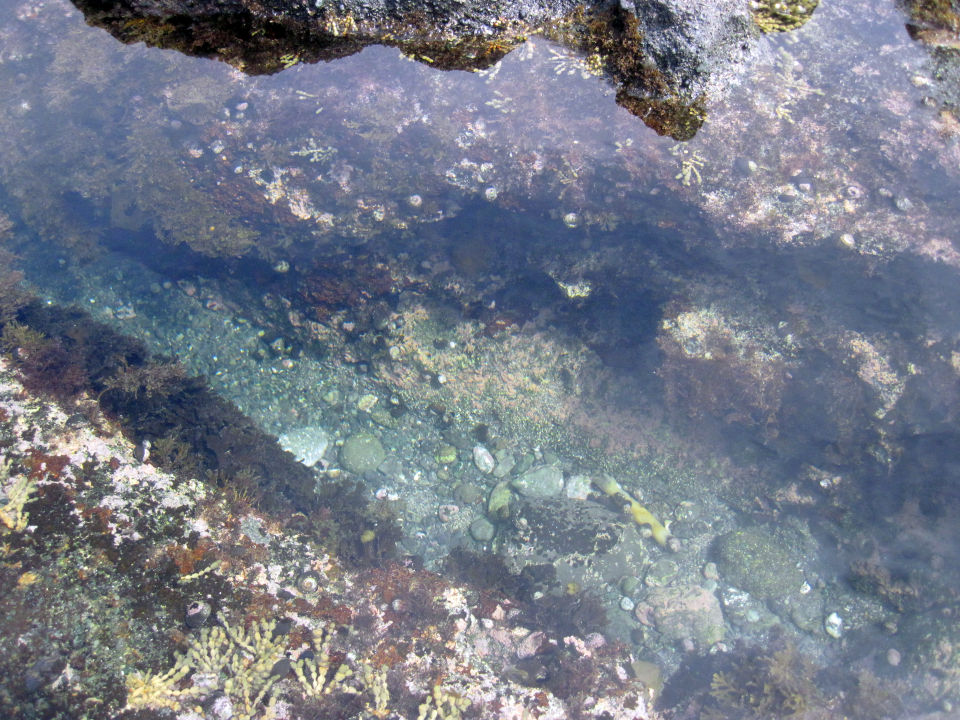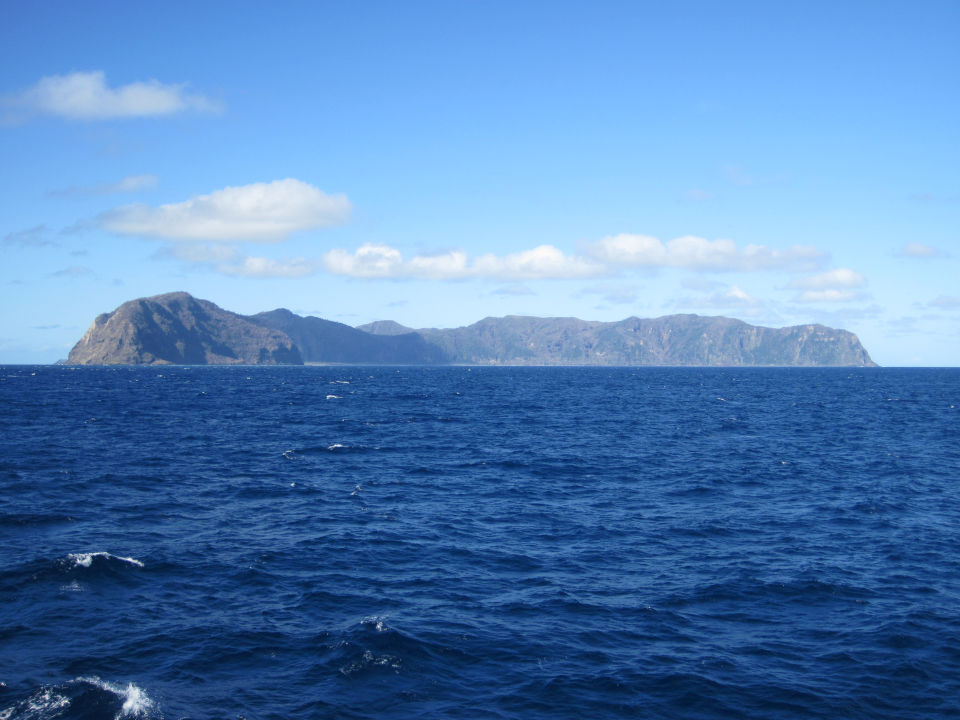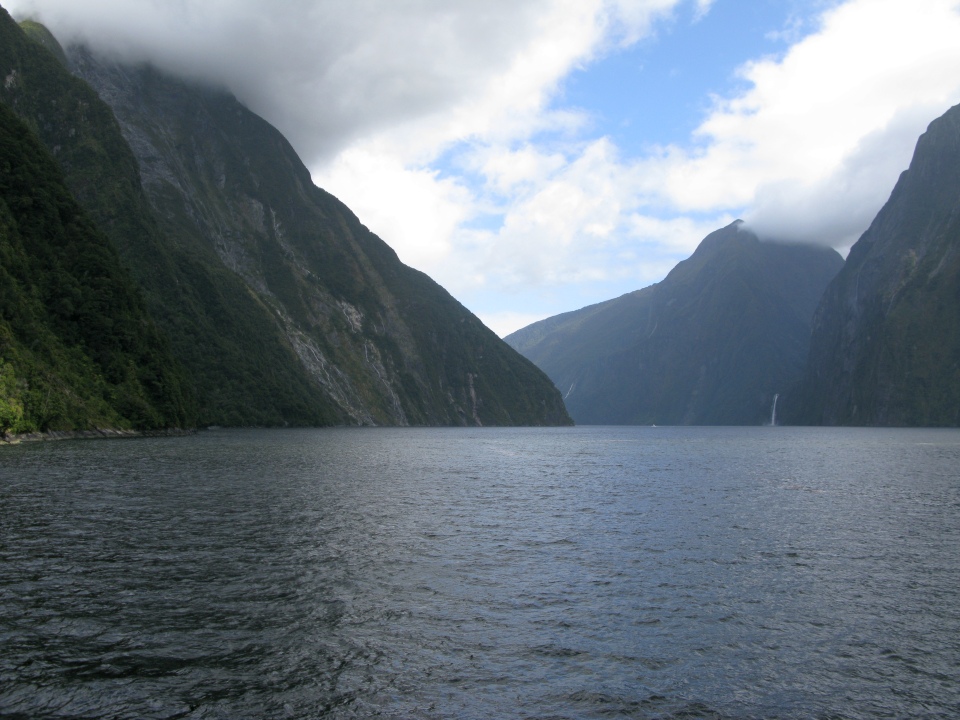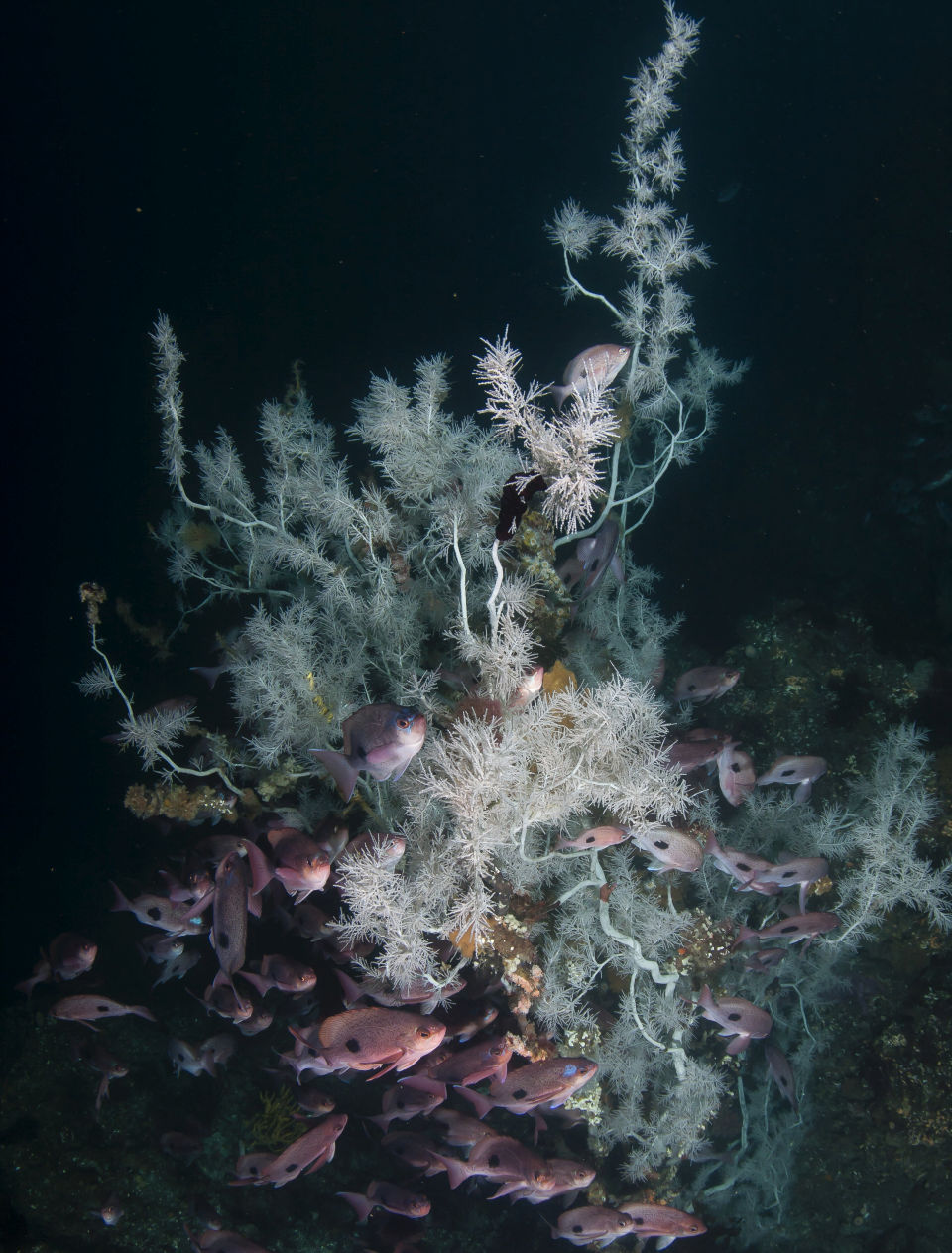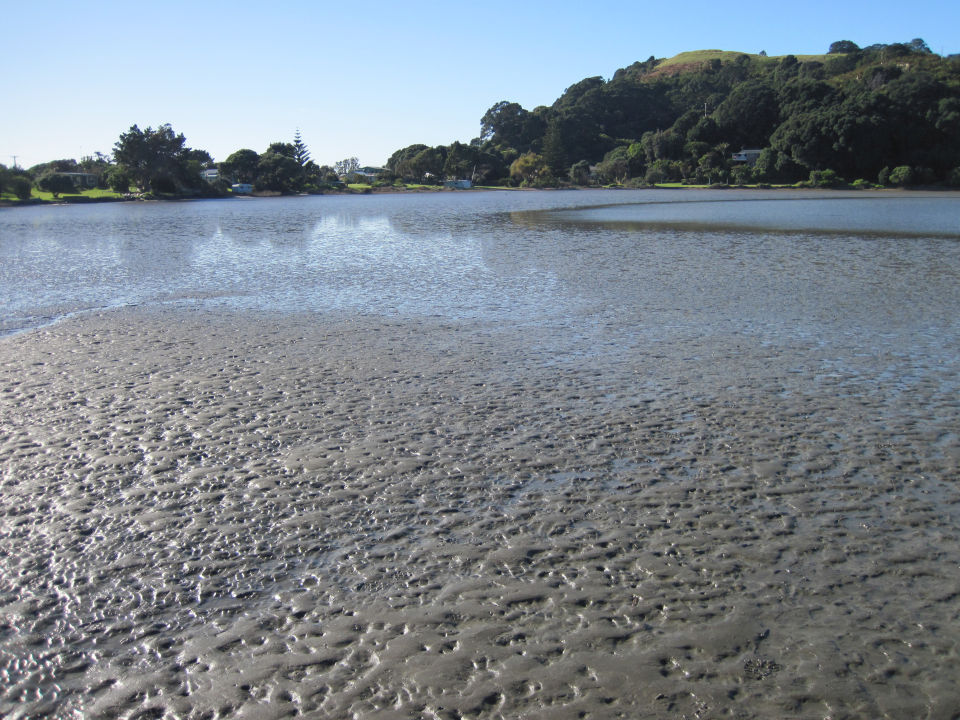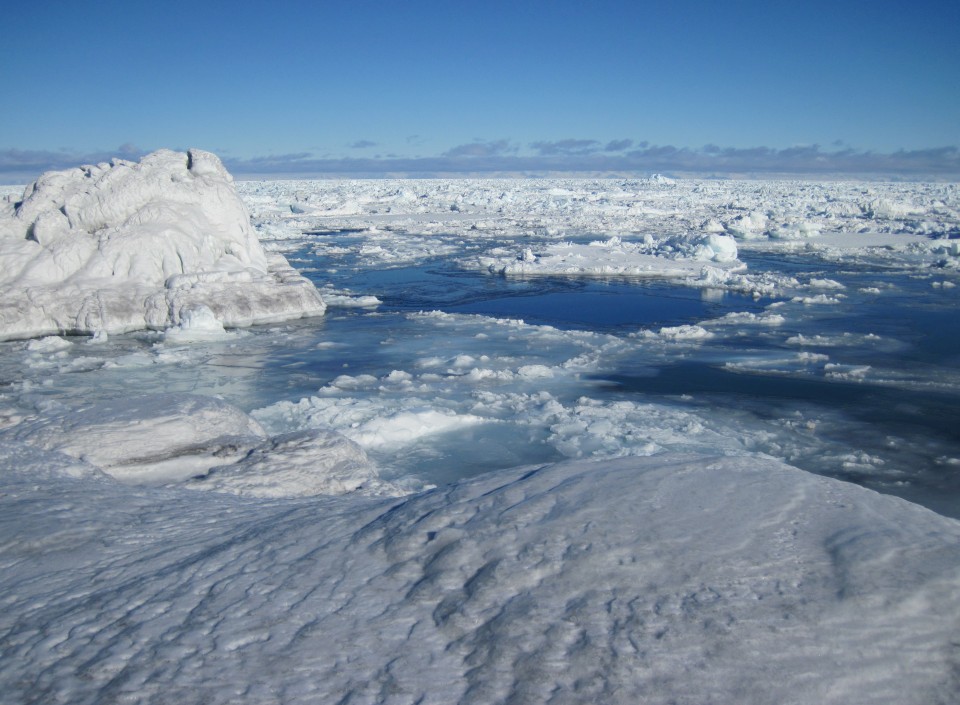The importance of protecting a range of New Zealand marine habitats
There are a wide variety of marine habitats in New Zealand. They are home to lots of different species. It is important to protect a range of marine habitats. Doing so makes a network of marine reserves that show this natural diversity.

- For more information, see www.doc.govt.nz/nature/habitats/marine.
Marine reserve habitats in New Zealand
Marine reserve habitats in New Zealand include:
- sandy shores and beaches
- rocky reefs
- rocky shores
- open ocean
- deep ocean
- fiords
- estuaries
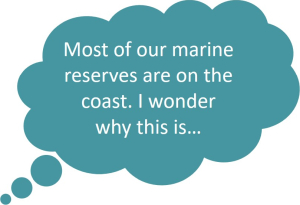
Rocky shore/reef habitat
You will find rock pools and reefs on the rocky shore. Water covers this habitat at high tide. When the tide goes out it uncovers the reefs. Living things on the rocky shore must be able to cope with changing waves, tides and weather patterns.
- See the New Zealand Marine Studies Centre’s Northern NZ rocky shore guide www.otago.ac.nz/marine-studies/resources/download/otago062828.pdf and Southern NZ rocky shore guide link www.otago.ac.nz/marine-studies/resources/download/otago062830.pdf.
Sandy shore beaches
Sandy shores and beaches are areas of sand that cover an area of coast. Animals living here can live in or on the sand. Some animals of the sandy shore can burrow into the sand to avoid threats like waves and predators (e.g. crabs, shellfish, shrimps and urchins).
Birds often feed on sandy shores and beaches. Many also nest in the sand and dunes on beaches.
- For specific examples of species found on the sandy shore, see New Zealand Marine Studies Centre’s Northern NZ sandy and muddy shore guide www.otago.ac.nz/marinestudies/resources/otago110042.pdf and Southern NZ sandy and muddy shore guide www.otago.ac.nz/marinestudies/resources/otago110044.pdf.
Zones of the rocky and sandy shore
The intertidal zone
This area is between the high-tide mark and the low-tide mark. At high tide, water covers this habitat. Low tide exposes this zone. Living things in this habitat must be able to cope with changing water conditions. This zone is light-filled: there are plants and algae that photosynthesise. Animals have plenty of hiding places in this zone.
The subtidal zone
Water always covers this zone. It is the area from the low-tide mark to the open ocean. There can be lots of waves and water movement in this zone. Animals living here need to be good swimmers or be able to hold on.
Open ocean or oceanic zone
The open ocean goes out from the edge of the subtidal zone. Open ocean only includes water to a depth that light reaches; it is called the ‘photic zone’.
The open ocean habitat is home to big predators such as tuna, marlin, sharks. It is also home to large migratory species like humpback whales and sea turtles. Zooplankton are an important part of the food chain in the open ocean.
Deep sea
Deep sea habitat is below the open ocean. There is not much light in this area. Living things found in the deep water must live in dark conditions. Deep-sea fish can look very strange. Some have big eyes to capture as much light as possible. Their skin is usually red or black, and some have huge mouths.
- See NOAA (National Oceanic and Atmospheric Administration, USA) expedition with their ship: Okeanos Explorer, including live video feed: http://oceanexplorer.noaa.gov/okeanos/welcome.html.
Other important marine habitats in New Zealand
Fiords
Fiords are inlets of sea that glaciers carved out over a long time. Fiordland is home to many fiords and has a network of marine reserves. These special habitats are some of the more pristine and isolated areas in New Zealand.
Antarctica
New Zealand also looks after some of Antarctica. It includes marine protected areas such as the Ross Sea.
- For more information, see the Ross Sea Region Marine Protected Area at: www.mfat.govt.nz/en/environment/antarctica/ross-sea-region-marine-protec... and the poster We’re protecting the Ross Sea region by the Ministry of Foreign Affairs and Trade: https://www.mfat.govt.nz/assets/Environment-images/Ross-Sea-MPA-Poster.PDF.
- See also the film The Last Ocean: Exploring New Zealand’s connection to the Ross Sea, Antarctica: www.thelastoceanfilm.com.

- Ready for a quiz? Try the Marine Reserve Habitats activity.

